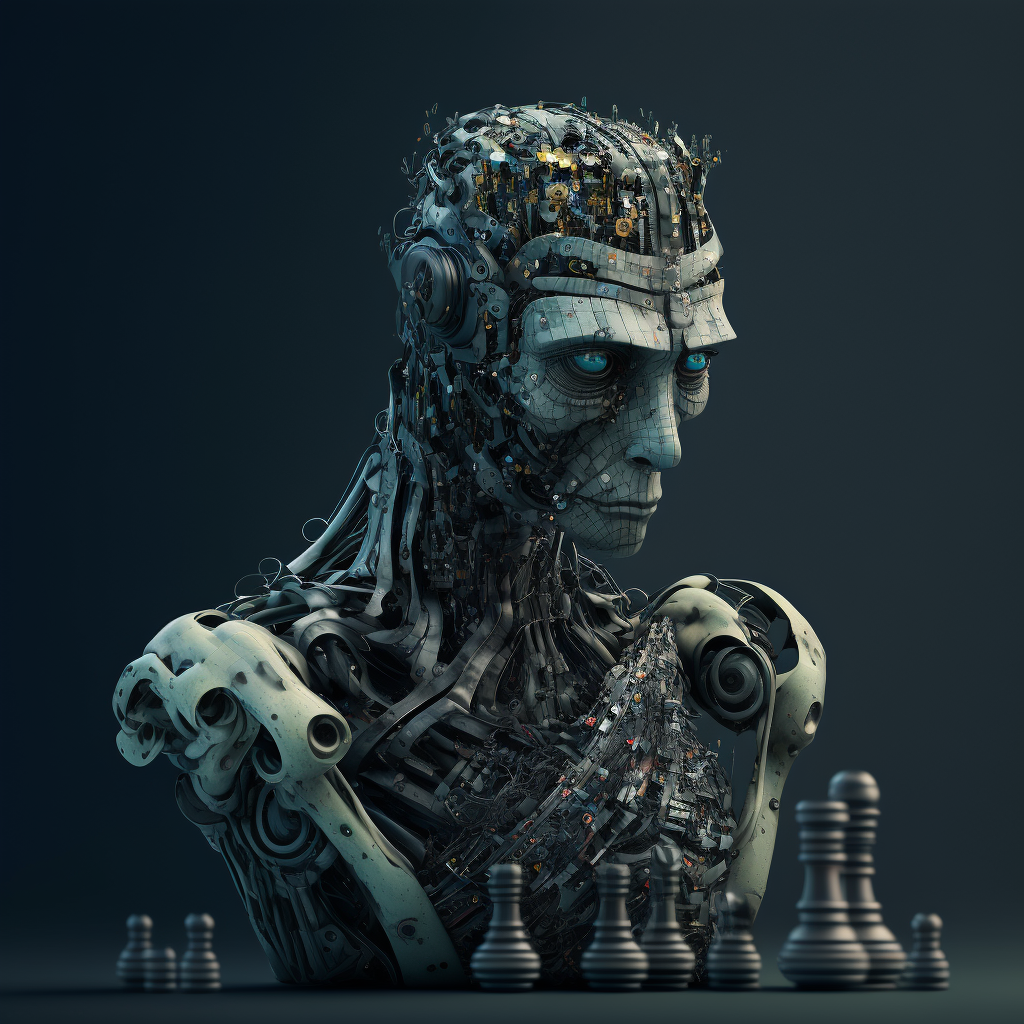ChatGPT is a language model developed by OpenAI that has the ability to generate human-like text. However, like any AI technology, it is not perfect and can sometimes produce incorrect or nonsensical answers. In this article, we will explore some of the challenges in improving the accuracy of ChatGPT’s responses and ways in which we are working to mitigate potential issues such as inappropriate or biased behavior.
- There are several challenges to improving the accuracy of ChatGPT’s responses. One issue is that there is currently no definitive “source of truth” to use as a reference during reinforcement learning training. Additionally, training the model to be more cautious can cause it to avoid answering questions that it could potentially answer correctly. Supervised training can also be misleading, as the ideal answer depends on what the model knows, rather than what the human demonstrator knows.
- ChatGPT can also be sensitive to small changes in input phrasing or attempting the same prompt multiple times. For example, it may not know the answer to a question with one phrasing, but be able to answer correctly when the question is slightly rephrased.
- The model may also produce excessively verbose responses or overuse certain phrases, such as mentioning its status as a language model trained by OpenAI. These issues may be due to biases in the training data and over-optimization. It would be ideal for the model to ask clarifying questions when the user’s query is ambiguous, but currently it often tries to guess the user’s intended meaning.
- Despite efforts to prevent inappropriate responses, ChatGPT may still occasionally provide harmful instructions or exhibit biased behavior. We are using the Moderation API to flag or block certain types of unsafe content, but there may be some false positives or negatives at this time. We welcome user feedback to help us continue to improve the system.





